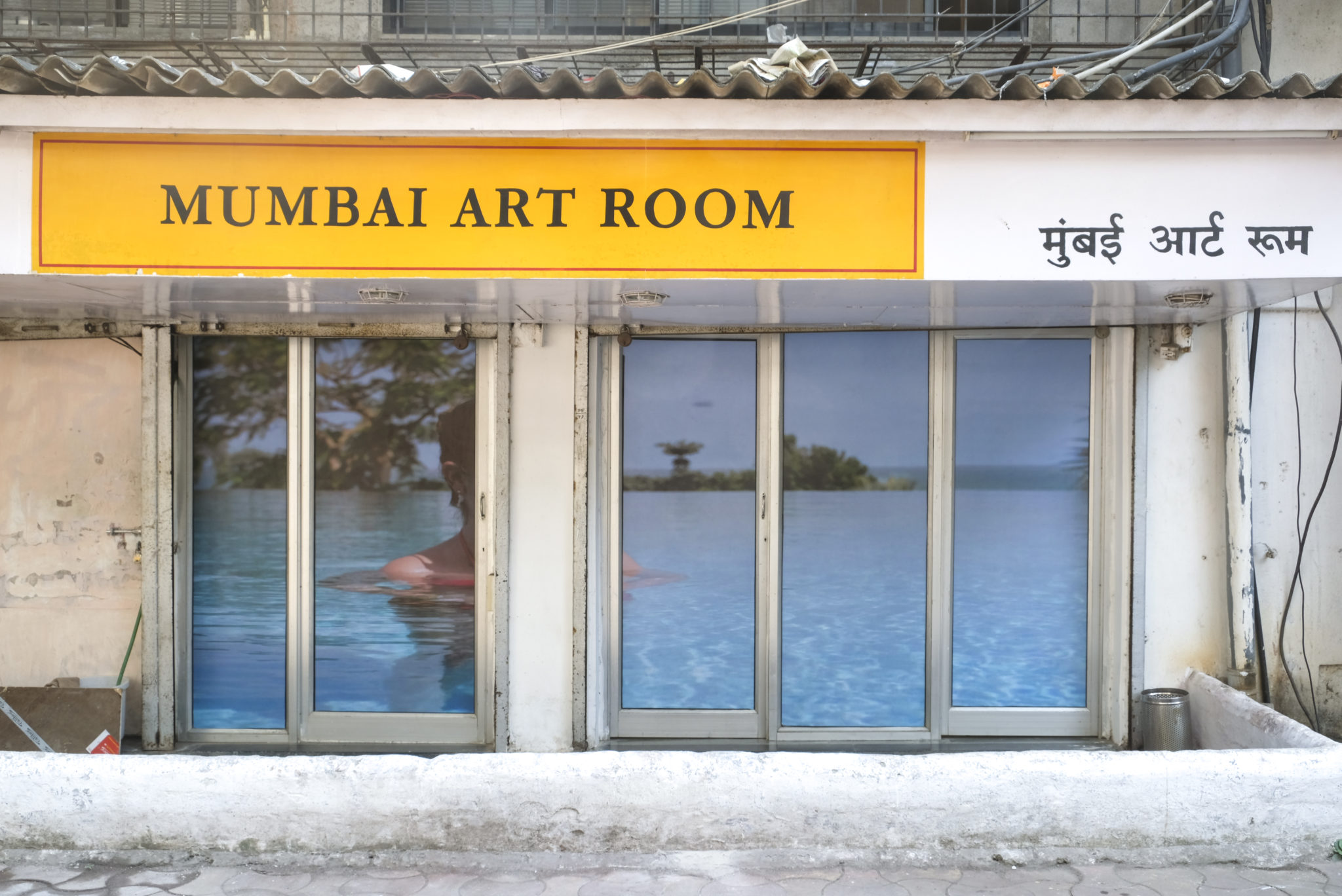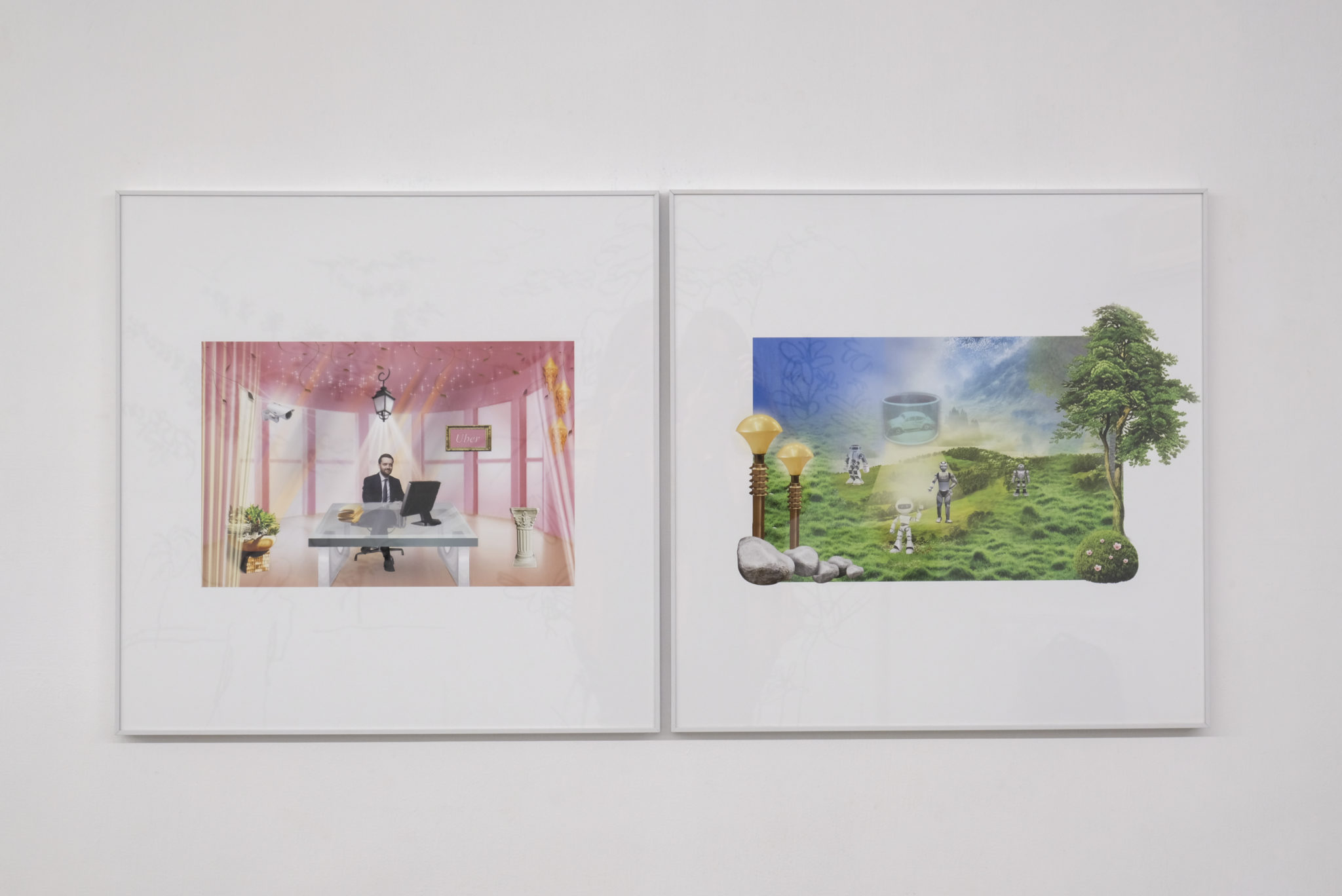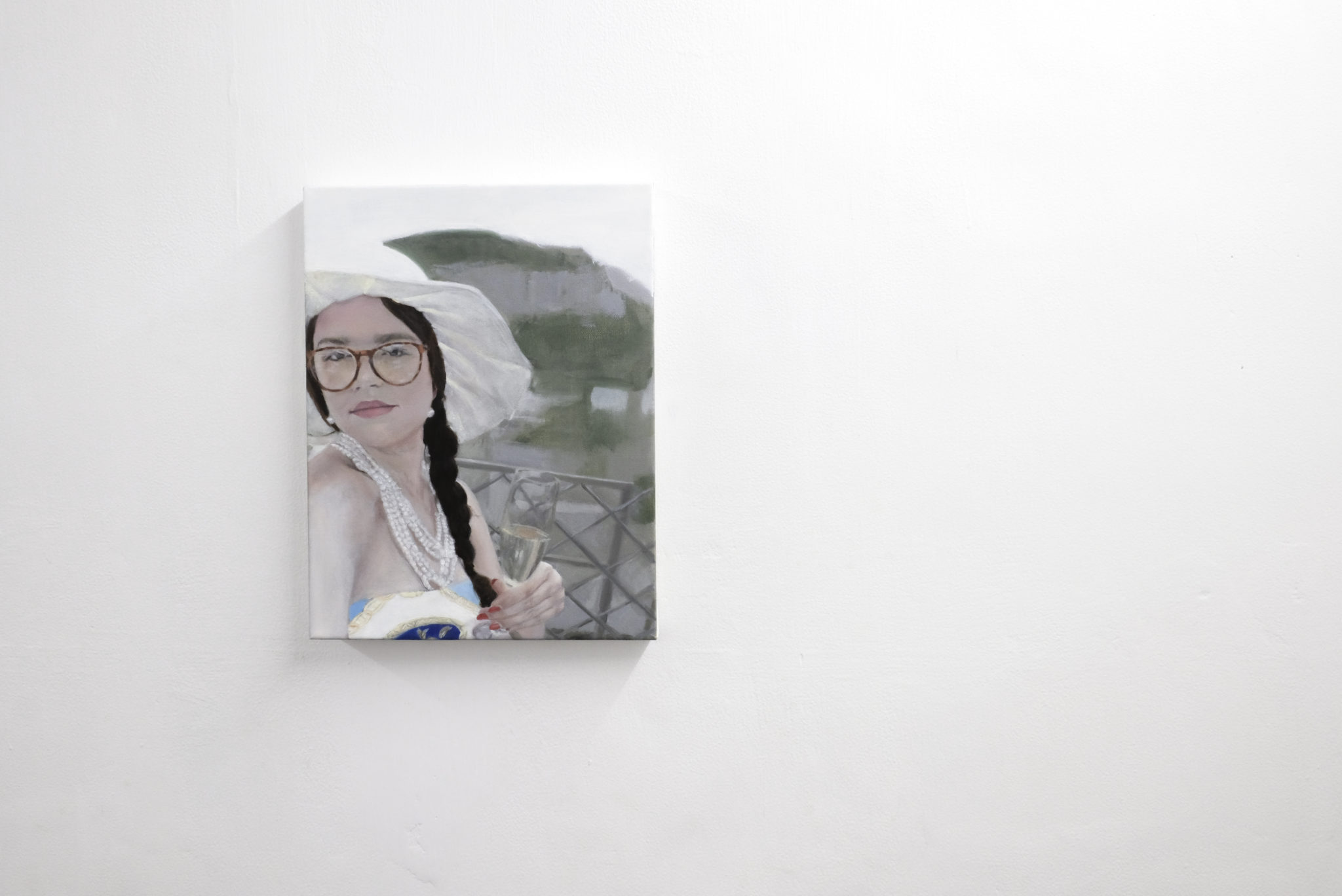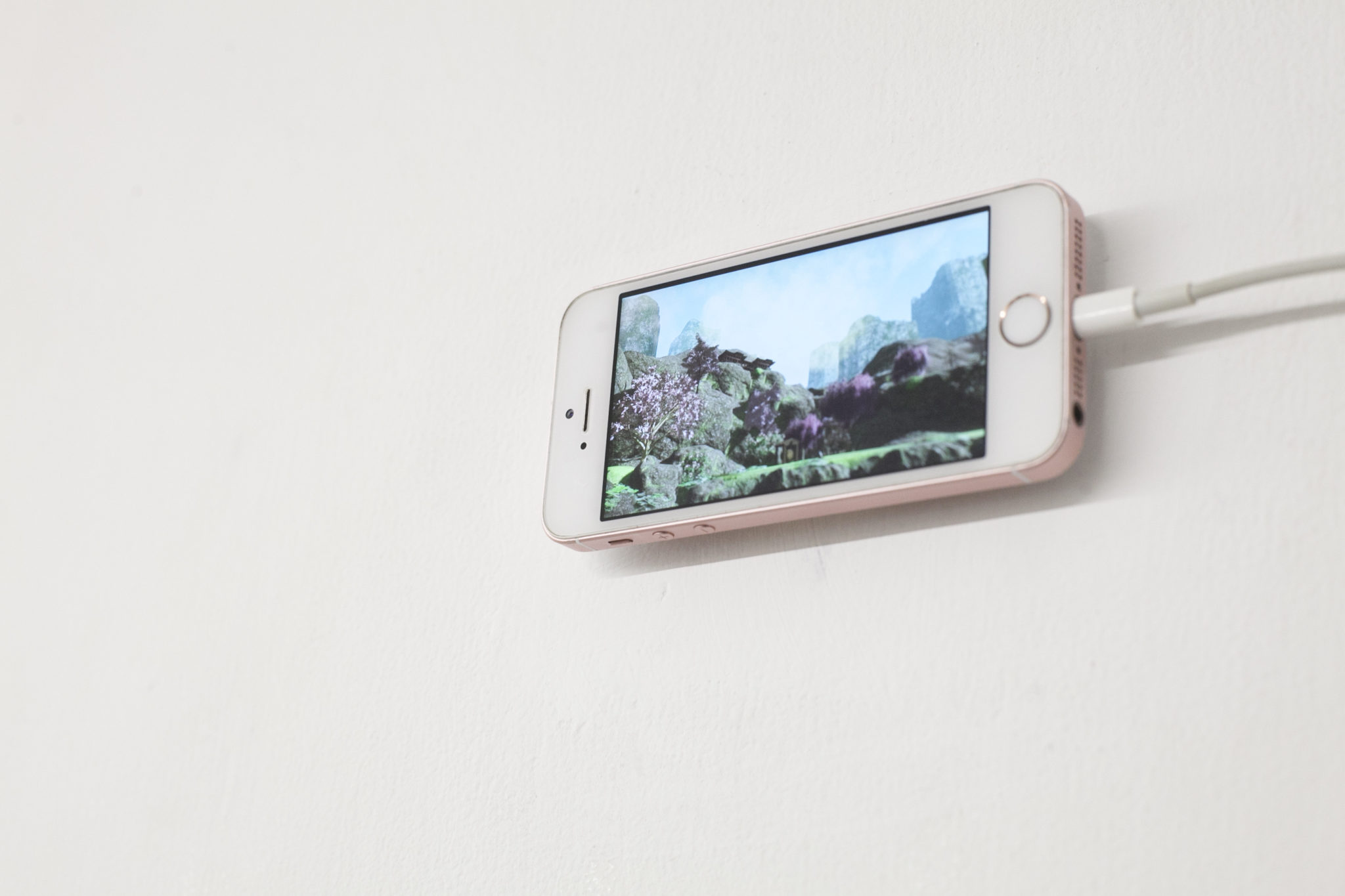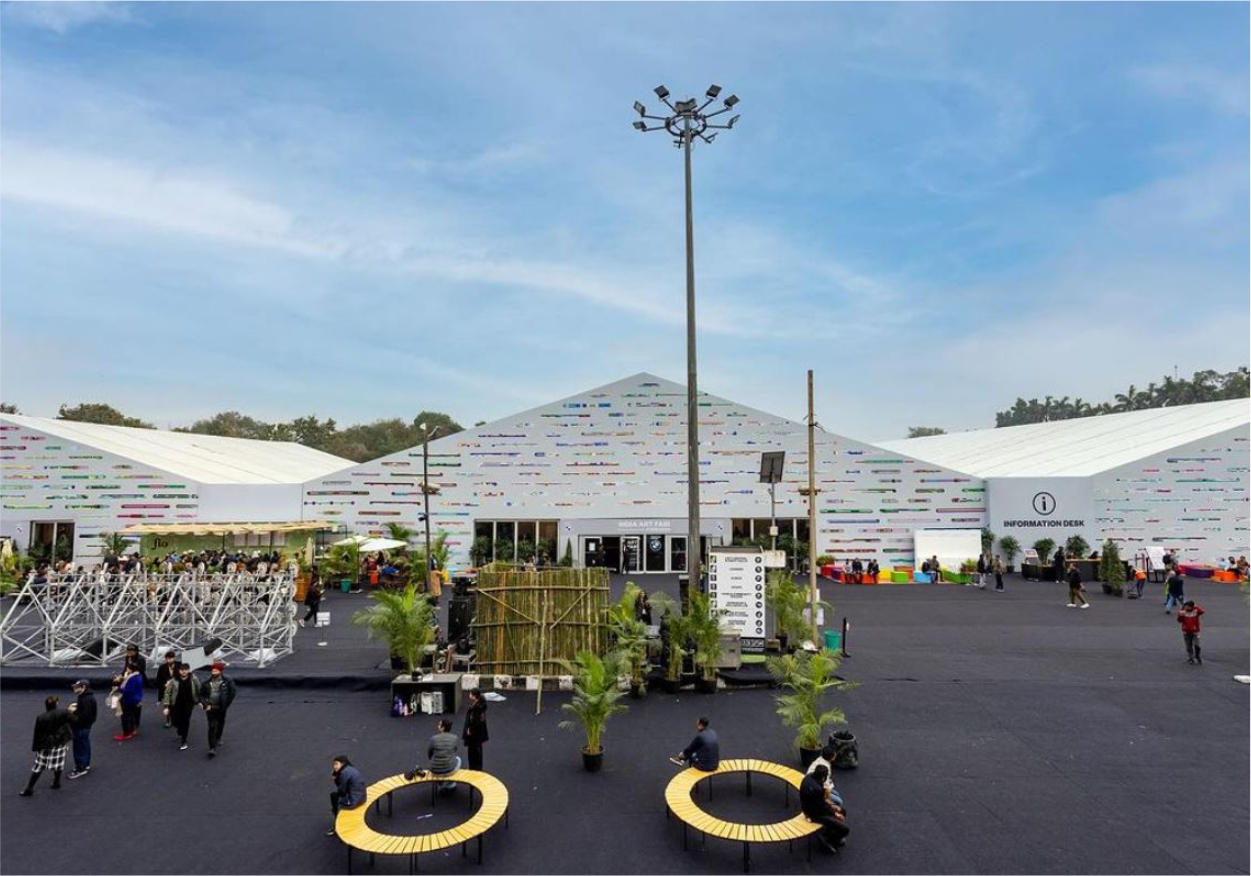Thirty minutes into the Netflix documentary The Great Hack (2019), Brittany Kaiser—whistleblower and one-time founding member of Cambridge Analytica—reclines in an infinity pool at an undisclosed seaside location. She is ‘somewhere in Thailand’ the film tells us as jagged, ghostly islands layer up the horizon. A butler in white uniform carries over a tender coconut with a striped blue straw sloping at its side. Kaiser splashes in the pool in her oversized sunglasses, ‘Just me here,’ she says to the camera, ‘the person trying to overthrow two administrations and all of the most powerful companies in the world.’
Cambridge Analytica, founded in 2013, was a contractor firm once hired by nation states to conduct military PSYOP (psychological warfare) and advise on election campaigns. In 2018 documents about the firm’s malpractice were leaked, leading to the Cambridge Analytica trials, which transformed our understanding of big data. Kaiser and others testified that CA had been collecting and spying on our daily data trails (Google searches, Facebook activity, Instagram posts) and using these to determine personality types. These personality types were then used to target voters with election-specific advertising (read: propaganda). They had commanded influence over both Brexit and Trump’s election. It wasn’t just an American or British phenomenon however, CA had worked on campaigns in India, too. Data was suddenly a political agent.
Bad data, thus, forms the premise for Tara Kelton’s Algo-portrait, which shape-shifts the idea of data and portraiture in a series of digital, painting and drawing works. In the 21st century, self-portraiture is an elaborate daily exercise, where we produce and perform ourselves online. With the ubiquity of intelligent algorithms, this self-production is being tracked, manipulated and mined by our data leakages. These data spillages, algorithmic traces and accidental selfies hacked by AI are the ‘algo-portraits’. Where the selfie performs, the algo- portrait doesn’t lie.
We begin with Brittany in the pool (2020), her face obscured. She is a powerful metaphor for how quickly things can turn. In 2008, Kaiser was an Obama campaign intern, working closely on what was the first ever election campaign to use social media. She soon switched sides. She joined the NRA, started wearing pearls and sipping from tall flutes of champagne. She was recruited by Cambridge Analytica. Kaiser’s trajectory takes on mythical proportions: a story of good turned evil turned whistleblower, a true pop star of our times. On New Year’s Eve 2019, whistleblowers (including Kaiser) leaked another 100,000 files from the now defunct CA books. Early analysis shows that the firm mishandled over 87 million Facebook profiles.
With Data Döppelgager (2020) Kelton follows her own data trail. In an attempt to target herself and her data doubles (i.e. people that have the same data points as her own), Kelton collates her own target points and transforms them into an ad with the work of digital artist Praveen Chandra. In Chandra’s portrait of Kelton she sits at her computer over a paint palette dotted with paint, as a robot teeters at one edge, a dog at the other. Kelton inverts, aestheticises and reinvents an everyday, commonplace phenomenon: how each of our data points are the tools of an efficient capitalism, targeting us with highly customised ads in our newsfeeds.
While it remains necessary to be careful of the leftovers of our online presence, the digital still remains a place for intimacy. For Landscapes (2020) Tara Kelton blind draws the environments of Sansar, a Virtual Reality space in which users travel, meet, make new friends, find lovers, build homes, meditate and dance. Entering these landscapes is a kind of “clean” act, bodies don’t leave a trace once they have exited it. Kelton enters the spaces and translates them into real, physical beings. She draws using a marker on vinyl, a material prone to catching the light in idiosyncratic ways. They are affectionate portraits of place; landscapes of what is otherwise invisible.
While the VR spaces are untouched by real bodies, Kelton shows how Google maps, another kind of virtual reality, are not (as much as Google would like us to think that they are). In Guided Tours Taj Mahal (2014), Gateway of India (2017) and Mysore Palace (2019), she obsessively scans Google Street Views to find the human figures that lead the cameras through space. In a similar vein, but with an almost opposite result, for Black Box (2018) Kelton interviews Uber drivers in Bangalore, asking them to describe what they think Uber—as a physical, tangible environment—looks like. She then gives their descriptions as prompts to photo studios in Bangalore, which, using their existing image banks, create versions of the imagined spaces. The resulting images show the incongruity between the lived reality of Uber’s employees—who are managed primarily by algorithms and not actual people—and their romantic idealisations of company rhetoric. The mechanisation of physical labour is a running theme through Kelton’s work, and with Autoportrait (2012) she once more realises it in a discernible form. She employs anonymous online workers through Amazon’s Mechanical Turks, and asks each to draw a self-portrait, which is combined in real time by a software program.
We end with the video The River by DisneyHuntress (2019), where Kelton films inside of a VR environment. Kelton stumbles upon a painter caught in a contemplative plein air moment, slowly seeming to paint a scene reminiscent of the banks of the Yangtze River. The landscape is meditative, brooding and ominous. Kelton reminds us again how the digital is often a space for a reflective intimacy, despite its more sinister underpinnings.
The algo-portrait is the result of a “hard” kind of data: algorithms make suggestions based on tracked behaviour—they get smarter and learn faster as we produce more data. While hard data is purely mathematical, Kelton’s use of data is more subjective, introducing a certain poetic. She intuitively and tenderly negotiates the failings of portraiture, both digital and IRL.
— Skye Arundhati Thomas


